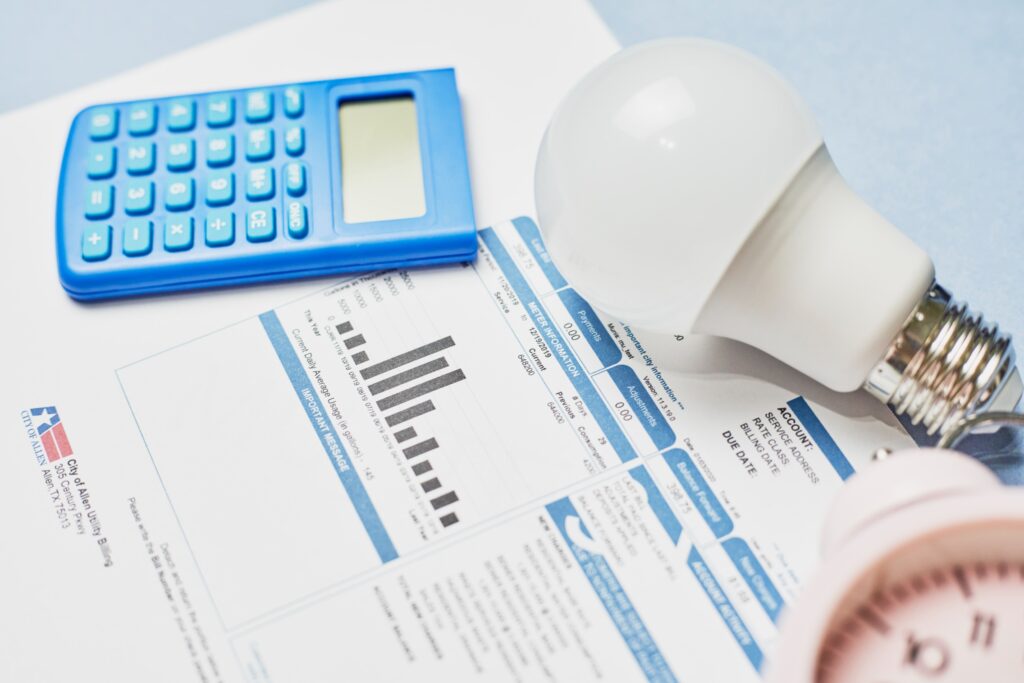
Ever wondered why your energy bill seems to jump around like a kangaroo on caffeine? One month it’s £80, the next it’s £180, then back down to £50. If this sounds familiar, you’re not alone, and chances are, your meter reads are all over the place.
Here’s something most people don’t realise: half the billing problems in the UK energy market come down to dodgy meter readings. Not because the meters are broken (though some are), but because the whole system is held together with string and good intentions.

When Smart Meters Aren’t So Smart
Remember when energy companies promised that smart meters would solve everything? No more estimated bills, they said. Perfect accuracy, they promised. What they didn’t mention was that these “smart” meters have about as much intelligence as a brick when things go wrong.
Assume that Sarah from Leeds, who got a £900 bill after her smart meter decided she’d used three months’ worth of gas in a single day. The meter was sending readings alright – completely mental ones. It took four phone calls and two months to sort out, during which time her direct debit got hiked up to cover the phantom usage.
This isn’t a one-off story. Smart meters fail more often than anyone wants to admit, and when they do, the bills can be spectacularly wrong. The worst part? Utility companies UK-wide seem to trust these faulty readings more than common sense.
The Estimated Bill
If you’re still on an old-fashioned meter, you’re playing a different game entirely. Energy suppliers love estimated readings because they can smooth out their cash flow, but for customers.
Here’s how the scam works: they guess your usage based on previous years and similar properties. Sounds reasonable, until you realise their guesses can be wildly off. Move into a new flat in winter? They’ll assume you used the heating all summer. Work from home more than expected? Too bad, their estimate is based on office workers.
The real kicker comes when they finally get an actual meter read and discover they’ve been undercharging you for months. Suddenly, you owe them hundreds of pounds, payable immediately. Meanwhile, if they’ve been overcharging you, getting that money back takes forever.
Why Manual Readings Are Your Secret Weapon
Most people think taking their meter readings is a hassle, but it’s the best protection against billing disasters. When you submit your readings regularly, you take control away from the suppliers’ guessing games.
But here’s what the energy companies don’t want you to know: they’re not obligated to use your readings if they think they’re wrong. We’ve heard stories of customers submitting accurate readings only to have them rejected because they didn’t match the supplier’s estimates.
Assume this one bloke in Manchester took photos of his meter every month and still had his readings rejected because they showed lower usage than expected. Using less energy than their computer model predicted was “suspicious.” He eventually won the argument, but it took six months of hassle.
The Meter Reader Who Never Comes
Utility companies are supposed to read your meter at least once every two years. In practice, many areas haven’t seen a meter reader since before the pandemic. The companies blame staff shortages and difficult access, but the real reason is simple economics – it’s cheaper to estimate than to send someone round.
This creates a perfect storm of inaccuracy. No actual readings means more estimates, which means bigger catch-up bills when someone finally does check your meter. It’s a system designed to create problems for customers while making life easier for suppliers.
Fighting Back Against Meter Madness
The energy regulator Ofgem has rules about meter readings. Your best defense is keeping detailed records of your meter reads and never trusting a supplier’s estimates. Take photos, keep dates, and submit readings monthly, whether they ask for them or not. It’s a pain, but it’s better than getting slammed with a massive catch-up bill.
The meter reading shambles might be the most frustrating part of all. Until energy companies start taking accuracy seriously, customers will keep getting stung by a system that seems designed to create confusion rather than clarity.





